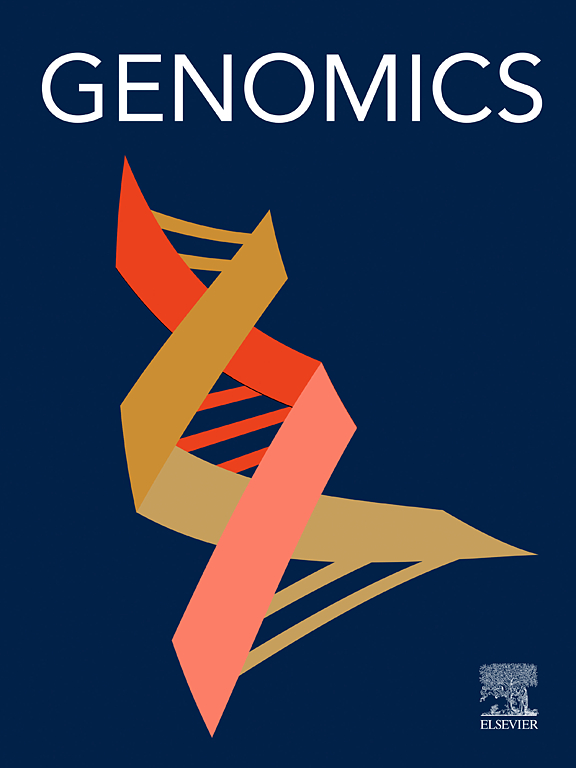双形毛杯(Pallidohirschioporus biformis)基因组解码为碳水化合物降解和多糖合成提供了见解。
IF 3
2区 生物学
Q2 BIOTECHNOLOGY & APPLIED MICROBIOLOGY
引用次数: 0
摘要
双形毛霉是一种在纤维素降解过程中起关键作用的白腐菌。在这项研究中,我们采用了一套技术来测序T. biformme的基因组,并实现了高质量的组装和详细的注释。该基因组全长50.71 Mb,包含13个染色体伪分子,编码15302个预测基因,BUSCO完备度为96.30 %。比较基因组分析揭示了双形虫和abietinum在基因组成上的相似性和进化压力上的差异。系统发育分析揭示了abietinum的进化位置,表明其分化时间为2120万年前(MYAs)。生物信息学分析显示,375个基因编码糖活性酶(CAZymes),其中144个基因预测与18种多糖合成酶相互作用。综上所述,本研究首次报道了T. biformme的基因组,提供了对其复杂功能的全面了解,并阐明了其降解木质纤维素能力的遗传基础。本文章由计算机程序翻译,如有差异,请以英文原文为准。
Trichaptum biforme (Pallidohirschioporus biformis) genome decoding provides insights into carbohydrate degradation and polysaccharide synthesis
Trichaptum biforme is a white-rot fungus that plays a key role in the process of cellulose degradation. In this study, we employed a suite of techniques to sequence the genome of T. biforme, and achieved high-quality assembly and detailed annotation. The genome spans 50.71 Mb, comprises 13 chromosomal pseudomolecules, and encodes 15,302 predicted genes, exhibiting a BUSCO completeness of 96.30 %. Comparative genomic analysis has elucidated the similarities in gene composition and the differences in evolutionary pressure between T. biforme and T. abietinum. Phylogenetic analysis revealed the evolutionary position of T. abietinum and indicates that their divergence time is 21.20 million years ago (MYAs). Bioinformatic analysis revealed 375 genes encoding carbohydrate-active enzymes (CAZymes), of which 144 CAZymes were predicted to interact with 18 polysaccharide synthases. In conclusion, this work reports for the first time the genome of T. biforme, providing a comprehensive understanding of its complex functions, and elucidating the genetic basis of its ability to degrade lignocellulose.
求助全文
通过发布文献求助,成功后即可免费获取论文全文。
去求助
来源期刊

Genomics
生物-生物工程与应用微生物
CiteScore
9.60
自引率
2.30%
发文量
260
审稿时长
60 days
期刊介绍:
Genomics is a forum for describing the development of genome-scale technologies and their application to all areas of biological investigation.
As a journal that has evolved with the field that carries its name, Genomics focuses on the development and application of cutting-edge methods, addressing fundamental questions with potential interest to a wide audience. Our aim is to publish the highest quality research and to provide authors with rapid, fair and accurate review and publication of manuscripts falling within our scope.
 求助内容:
求助内容: 应助结果提醒方式:
应助结果提醒方式:


